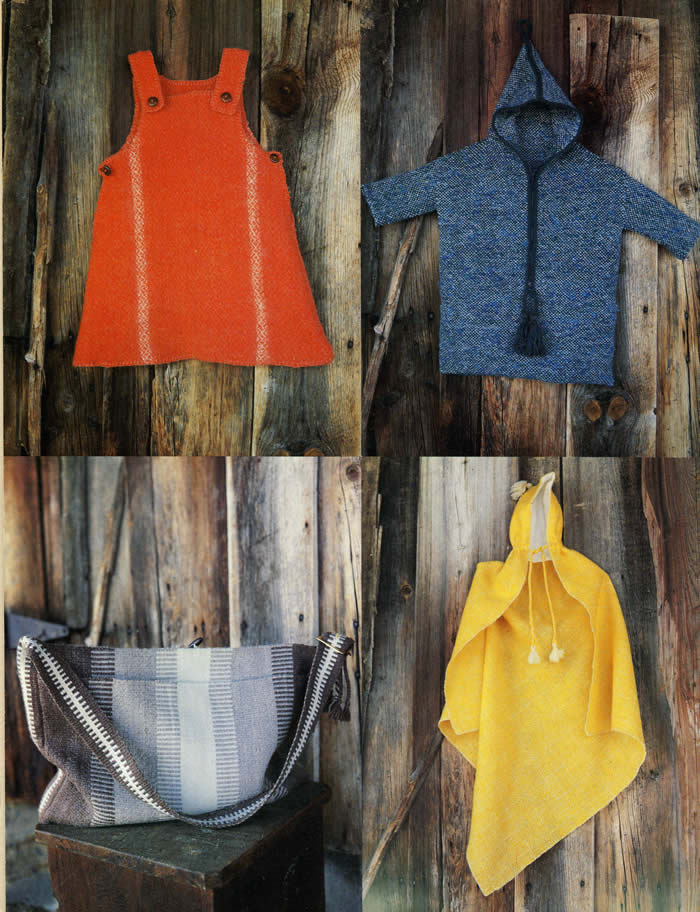In the 1970's we were very active writing craft books.
We wrote two for VanNostrand-Reinhold, "Practical Macrame" (1971), and "Far Beyond the Fringe" (1973).


In the 1970's we were very active writing craft books.
We wrote two for VanNostrand-Reinhold, "Practical Macrame" (1971), and "Far Beyond the Fringe" (1973).


We had started doing Macrame around 1969-70. At that time, we were going over to a friend's house weekly to watch "The Forsyth Saga", a BBC 13 part series being broadcast on NPR. Since we did not have a TV, it was a way to see a good program and spend an evening with our friend. We liked to do hand work while watching TV, so Ellen took along her knitting, the friend did needlework, and I took up Macrame, learning the basics from the book "Macrame" by Virginia Harvey, published by Van Nostrand Reinhold. Ellen learned also, and we were soon moving well beyond the basic patterns in the available books into clothing and later sculptural pieces.
We got started writing our first book at the suggestion of Jim Ward, whom we met at the Sun Shop.
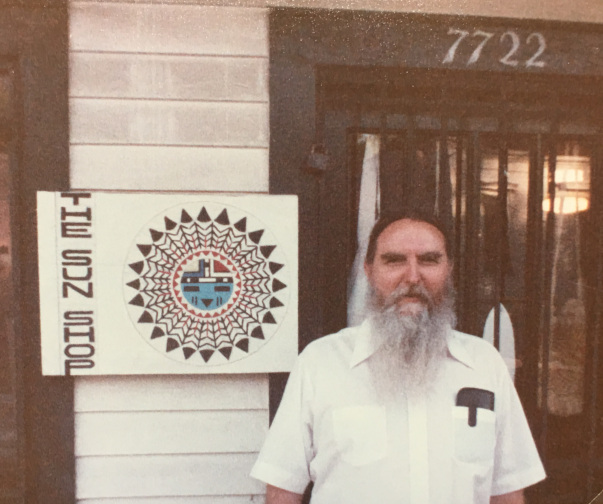
Here is a picture of Chick in front of his shop in 1986, when Gene visited the city and looked him up while in the old neighborhood.

And here's a picture of the Sun Shop, closed, in 2008.
After we met Jim Ward, he got interested in our work and pointed out that we could make more money teaching people how to macrame by teaching classes or writing a book about it than we ever could producing items for sale. At first we were reluctant to dive into producing a book, but Jim told us how to make up a proposal and pitch it to several publishers at the same time so we would not have to complete the work unless we found someone to publish it and fund it.
Jim was a photo-journalist and poet and helped us put together the proposal by advising on the writing and illustrations and doing the photographs. We sent it to several publishers, including Van Nostrand Reinhold. Jim's wife, Jacqueline, helped us paint our new house so we could have time to work on the proposal. In exchange for her bikini. When we sent out the proposals, we planned a trip to New York City about a month later and told the publishers we would contact them at that time to follow up.
When we got to New York, Ellen called Van Nostrand Reihold and spoke directly with the chief of the craft book section, Jean Koefoed. He told her that Van Nostrand already had "the definitive macrame book", and Ellen replied that we thought he didn't. So he agreed to see us. Those were very different days, for sure. After we met, Koefoed bought the book, arranged an advance, and we got started. As things turned out, it was a major best seller the year it was published, and on a second visit, we were escorted by Jean to the office of the CEO and introduced as the people who had put VNR in the black that year.
By that time Jim and Jacqueline had gone on to other things, eventually moving to France. Jim had come to New Orleans to work for Boeing as the official historian of the Saturn V rocket project, located in nearby Slidell, LA. He has pretty wide access to the entire operation, interviewing participants and taking photographs, but soon became dis-illusioned to find that the real purpose and intent of the project was to design and build improved military missles. Jim was a pacifist and had initially viewed the US space program as a probable alternative to ongoing warfare, which is why he joined Boeing, so finding out the reality was a severe blow. In the end, when he attended his last management meeting, he asked to speak to the group and proposed his solution for ending the war in Vietnam without dislocating the American economy. The basic plan was to leave all deployed military personnel in place but cease the shooting and bombing. Instead, the military would switch over to dropping consumer goods on North Vietnam and Viet Cong targets. Since most of the goods would be smashed on impact, this would keep factories busy making more. In time, however, enough goods and appliances would survive that it would create a demand for an electic grid, improved highways, and cars. And Vietnam would turn to the US to fufill the demand. And, in the end, the Vietnamese would be killing themselves on the highways at a greater rate than the US military had been able to accomplish through the war. The proposal was met with a stony silence, and Jim cleaned out his desk as he left the building for the last time. After a year or so of part time work and poetry, he and Jacqueline moved to her native France to live in a rural farmstead. We lost track of them by 1971.
With the proposal accepted, we needed a photographer to replace Jim and found Lynn Franklin. Lynn did the photographs the first book. Soon after, Lynn and his wife Patt, a painter, left New Orleans and moved to Maine, not long before we moved to New Hampshire. Lynn worked as a photo-journalist there and we visited the two of them a few times before losing touch. Some years later, they divorced and Lynn died while piloting a small plane that crashed on on Mount Monadnock in the early 1980s.
We completed a second Macrame book for VNR after we had moved to New Hampshire. The color photos in that book were taken at our farm there. Both books are still available on the used book market and the first is still appreciated for the clear presentation of the basics of creative ornamental knotting. At last check, the price was even increasing due to the recent resurgence of interest in macrame.
During this time we also "ghost wrote" some craft books for Doubleday Company, largely because we knew the editor (Bill Thompson) who was putting together a new venture for them, a series of craft books. At that point, there was a boom in instructional craft books associated with a resurgence of interest in crafts, particularly more traditional crafts. That increase in people doing crafts was related in turn to the "back to the land" or the "greening" movement as young people moved out of urban areas to settle in rural regions of the use. the "movement" was accellerated by the state violence against anti-Vietnam war prosters and "hippies" in general. Once urban dwellers began to live in rural areas, they needed to learn new skills, and that included traditional crafts. So some publishers had best selling books that had formerly been niche books with lower sales numbers, and other publishers wanted to get on the craft train and cash in. The books books we did for Doubleday were:
"Art and Stained Glass" (1973) by Claude Lips,
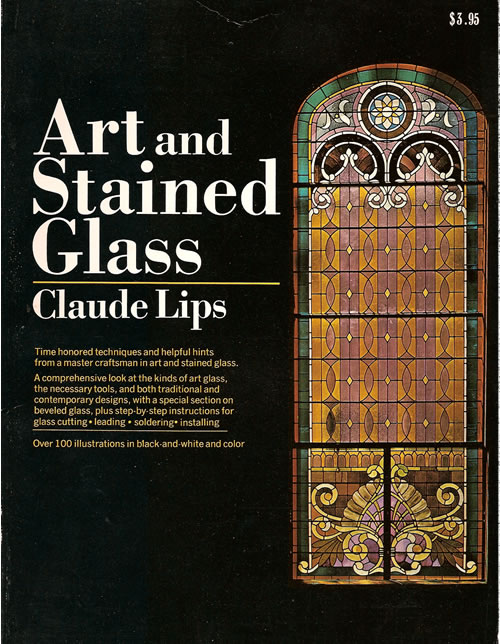
Claude was from New Orleans and after publication of the book, he realized a long term dream and founded his own glass company, Dittrich-Lips Art Glass and Mirror Company. He named the company Dittrich partially in honor of his mentor from whom he had learned his craft, particularly how to work with art glass, stained glass, and beveled glass. His work is in many locations in New Orleans as he both made and restored "stained" glass windows and also made spectacular beveled glass doors and windows. Claude died in 2012.
We also did a Macrame book for Doubleday.
"Macrame: Advanced Technique and Design" (1972) by Norman and Lilian Rack.
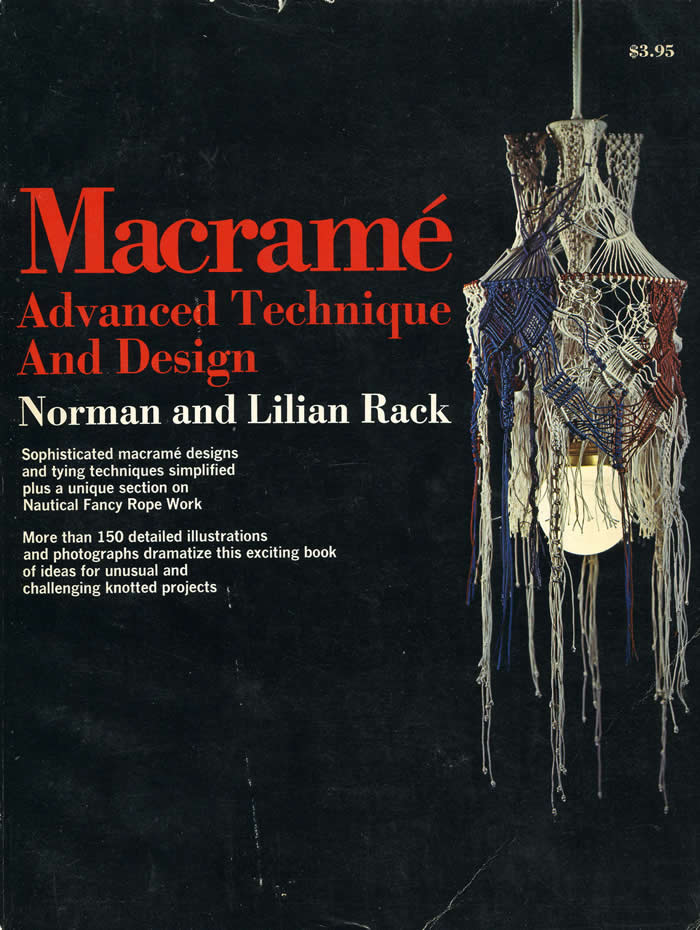
Norman was a hard hat diver who worked in the Gulf for years. He had time to work on the book because there had been a pause in off shore drilling due to politics of the day, and he, along with all the other divers, was laid off. He worked in a very traditional style of nautical fancy ropework, which was featured in the book.
The two others we did for Doubleday were on leatherworking and jewelry making, both by Larry Hemard. "Leathercraft: Creative Technique and Design" (1972) and "Creative Jewelry Making" (1975).
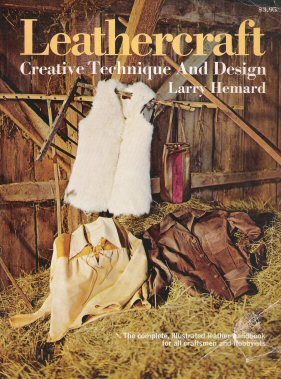
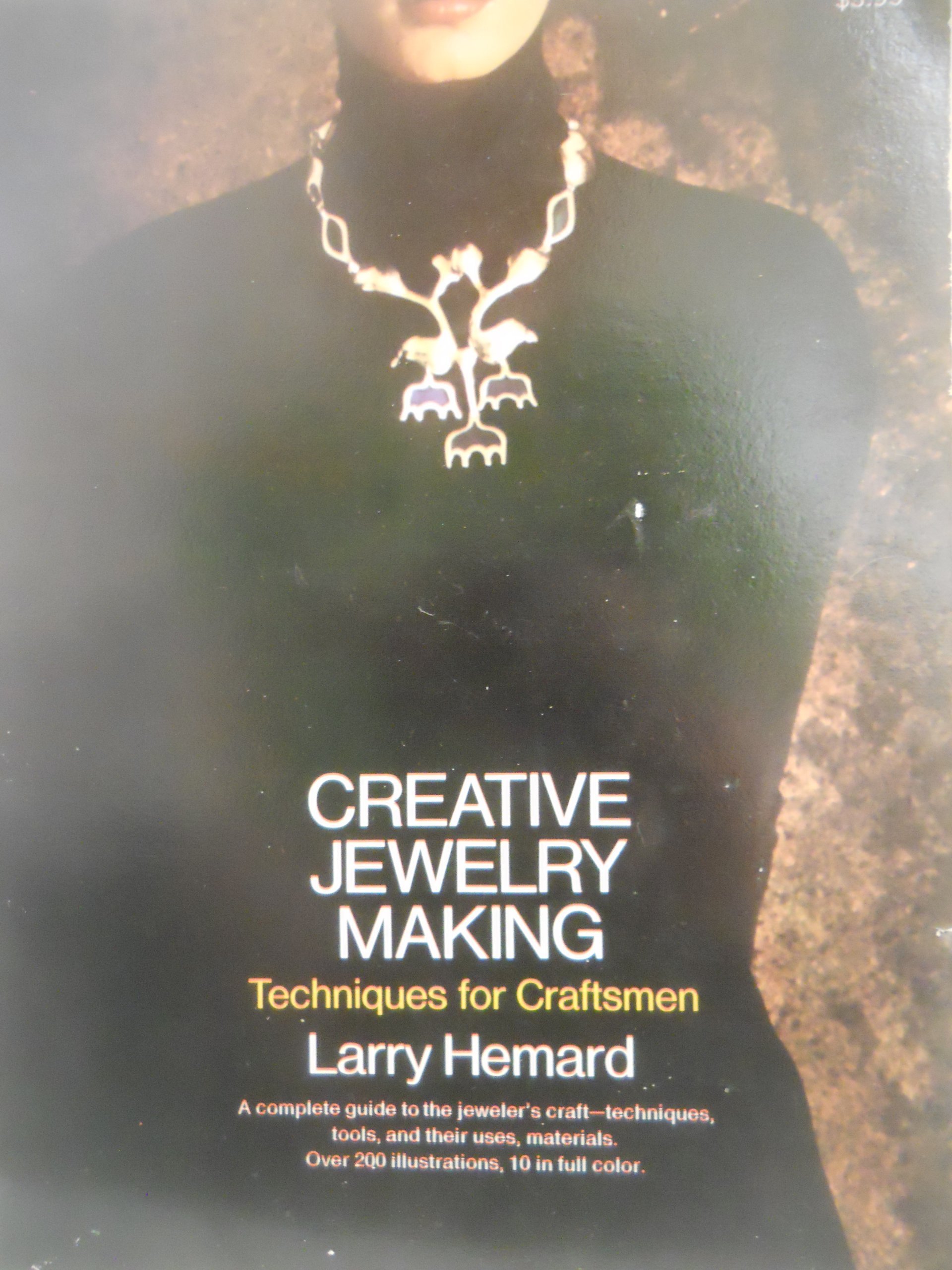
We had met Larry in New Orleans through the Sun Shop where he sold some jewelry and custom leather work. At the time, he was working as a manufacturing jeweler, doing work on contract for several of the large jewelry stores in the city. He had started out as a leather craftsman in the French Quarter and also did some "bent wire" jewelry along with it. After getting interested in the jewelry making, he acquired the additional skills to become a full service jeweler. Larry and his wife moved to New Hampshire when we did and he lived there several years before moving to the mid west with his wife.
For all the craft books, we did the writing, the illustrations, and some of the photographs, but the authors supplied the knowledge and the examples. Because we worked closely with the authors in producing the books, we We really learned a great deal about their respective crafts while writing the books. Doubleday did not know how to promote craft books and the series did not do well enough to support second printings or additional titles in the series. But at least the authors received a small advance and the publicity from the publication in their name.
Later, we self-published two small booklets of weaving projects, the "Weave and Wear It" series co-written with Penelope Drooker, a friend and nearby neighbor. We had settled into the New Hampshire lifestyle and were raising sheep. Ellen had established a yarn shop specializing in weaving and spinning, and we had met Penelope through the shop. We collaborated on these first two pamphlets of a planned longer series and had great support for the project from Harrisville Designs company, maker of fine woolen yarns for weaving and of looms. We never published more than the first two.
The first was "Outerwear". We pressed the office staff of Harrisville Designs into service as models for the first one, which featured a number of projects using their weaving yarns. That's the staff on the cover and the back cover in photos taken at the firm's headquarters in Harrisville, NH.


The second was "Infant and Toddler Wear". For this one, we used our children as models and shot most of the photos around the farm. That's Tom on the cover with some of our sheep in the barnyard.

